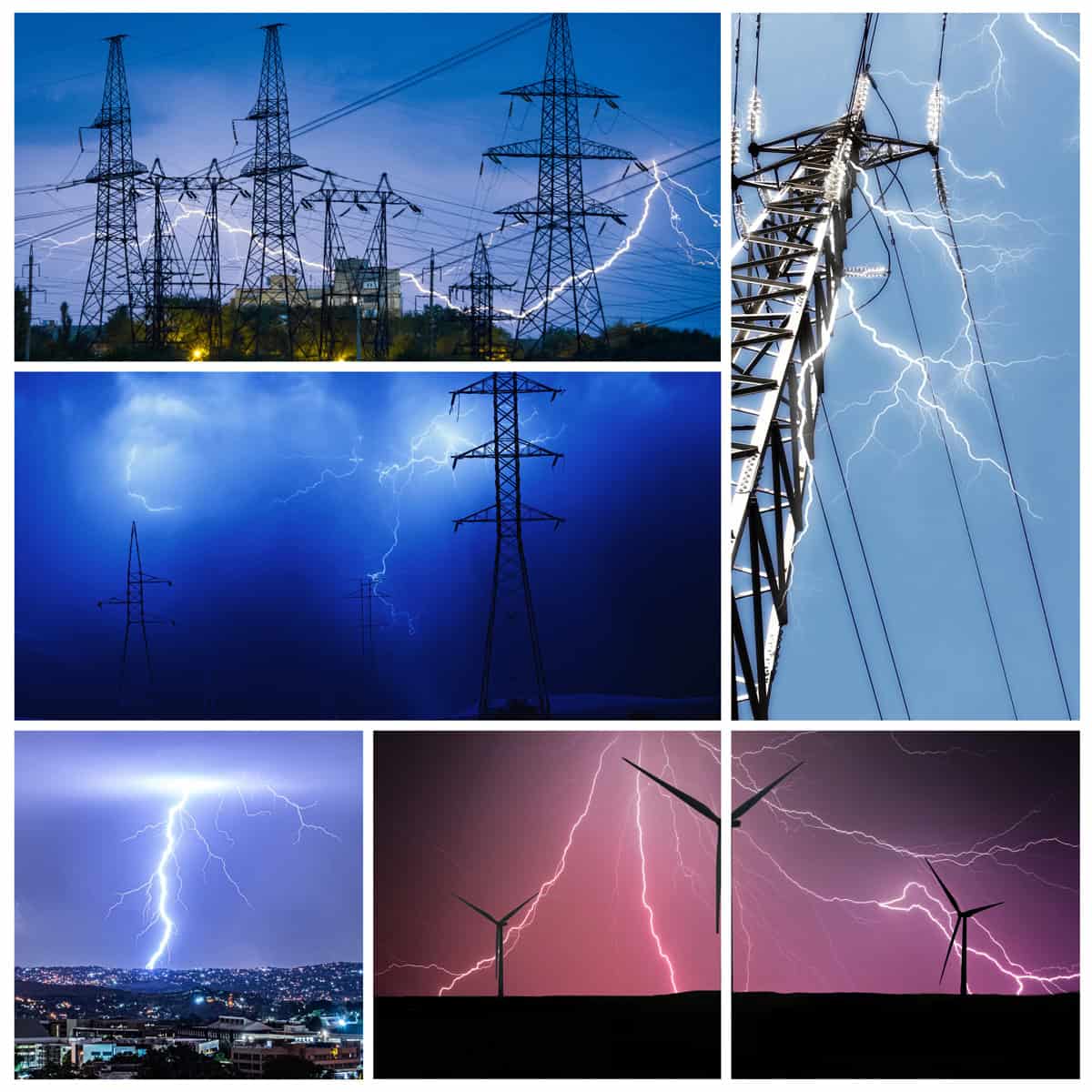Lightning Protection Studies
Asset risk assessment and protection
Our consultants are highly experienced, offering unbiased and impartial lightning risk assessment and design studies ensuring compliance with UK and international standards, which are independent of installation services or material sales.

Risk assessment of buildings and infrastructure in accordance with IEC (BS) EN62305-2
Lightning Protection System (LPS) modeling and analysis (under simulated lightning strikes) using 3D modeling software
LPS design in accordance with IEC (BS) EN62305-2, NFPA780 and IEEE998
Preparation of LPS designs using Computer Aided Design (CAD) software
Electrical system protection guidance
Post-construction commissioning assessment
Third-party LPS design audits
Lightning protection policy support
Insulation coordination studies including switching and lightning surge analysis
Why Us for Lightning Protection Studies?




Our experience
Ravine 330kV Substation
- A 330/33 kV Gas Insulated Substation (GIS) with a four-breaker mesh arrangement was being established for connection to a large power generating plant. The substation was designed to connect to an existing 330 kV overhead transmission line and to connect two 330/33 kV transformers. As part of the work, PSC were requested to conduct an insulation coordination study to confirm that the selected types and locations of the surge arresters are suitable to provide adequate protection level for substation equipment against switching and lightning over-voltages. Read more>
Strategy & Planning Killala (Lisglannon) 38kV substation
- PSC were appointed to undertake a lightning protection study for the 38kV AIS substation and associated wind turbines, in accordance with IEEE80, IEEE81 and ESBN specifications 18134 and 18133. As part of the study, a buried earth electrode system for each wind turbine was designed to ensure that lightning protection resistance requirements were achieved. CDEGS earth fault simulation studies were carried out to determine the resistance of the proposed earthing system for each wind turbine to ensure compliance was met.
Lightning and Switching Studies for Overhead Transmission Line in New Zealand
- As part of the commissioning of a 220kV underground cable and GIS switchgear in Auckland, New Zealand, PSC studied the effects of lightning and switching surges as well as over-voltages associated with back feed from a weak distribution network. As a result of our studies, the client modified the scheme design and installed a shunt reactor to mitigate over-voltages.
Goole Fields 2 Wind Farm
- PSC were subcontracted to carry out an insulation coordination study to demonstrate that the location, type and ratings of proposed surge arresters were adequate to protect the wind farm electrical system from potentially damaging over-voltages. As part of the work, PSC conducted the insulation coordination study utilizing EMTP software to investigate potential over-voltages on the wind farm electrical system. These included both lightning and switching over-voltages associated with the connection to the local 66 kV distribution network and also switching over-voltages generated internally within the Goole Fields II 33 kV collection network.
Contact us

Robert Knott – Principal Engineer
Robert Knott is an IET Chartered Engineer with over 15 years of international experience in the risk assessment, design and analysis of lightning protection systems across a diverse range of sectors including power generation, transmission, distribution, renewables (battery storage/solar/wind), oil and gas and industrial, As a result, Rob offers his time and support as a Regular member of the CIGRE Working Group C..4.43 “Lightning problems and lightning risk management for nuclear power plants.” Working alongside other international experts in the field of lightning, we are working towards publishing a guideline for the development of lightning protection designs for nuclear power stations, based on the concept of lightning risk management.

Stephen Lilley – Senior Engineer
Stephen Lilley is a senior engineer with over 6 years of experience of lightning protection system assessment and design across the Power (generation, transmission, distribution), renewables, nuclear and industrial sectors. Stephen has a comprehensive knowledge of the application of UK and international standards such as BS EN62305, IEEE998 and NFPA780.
